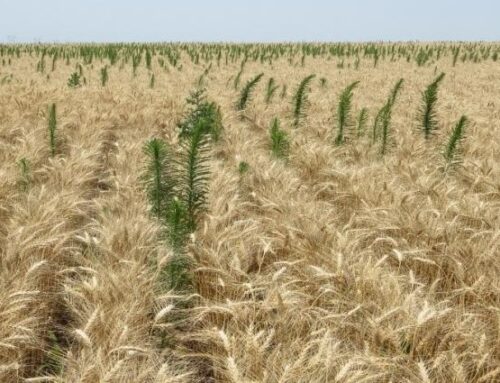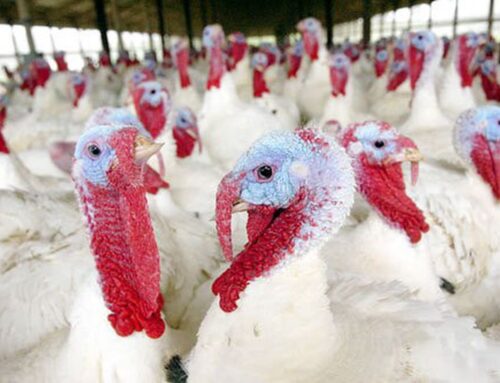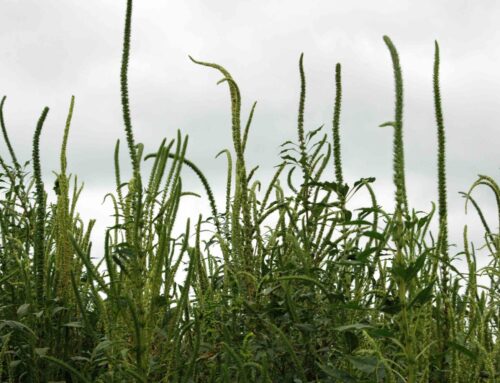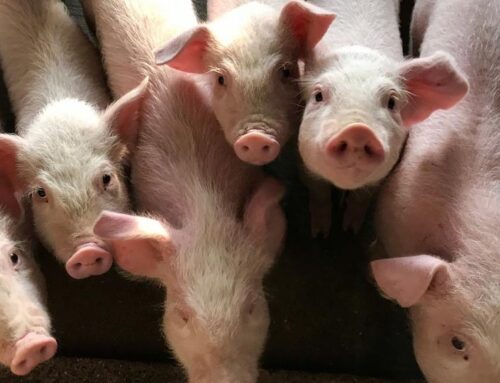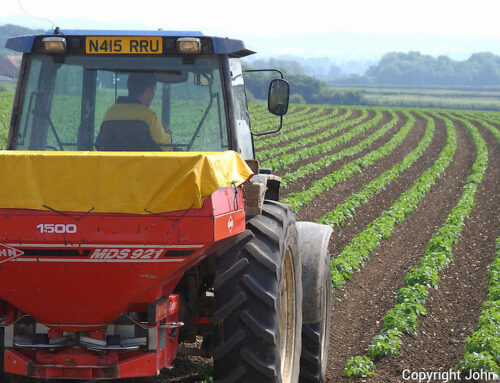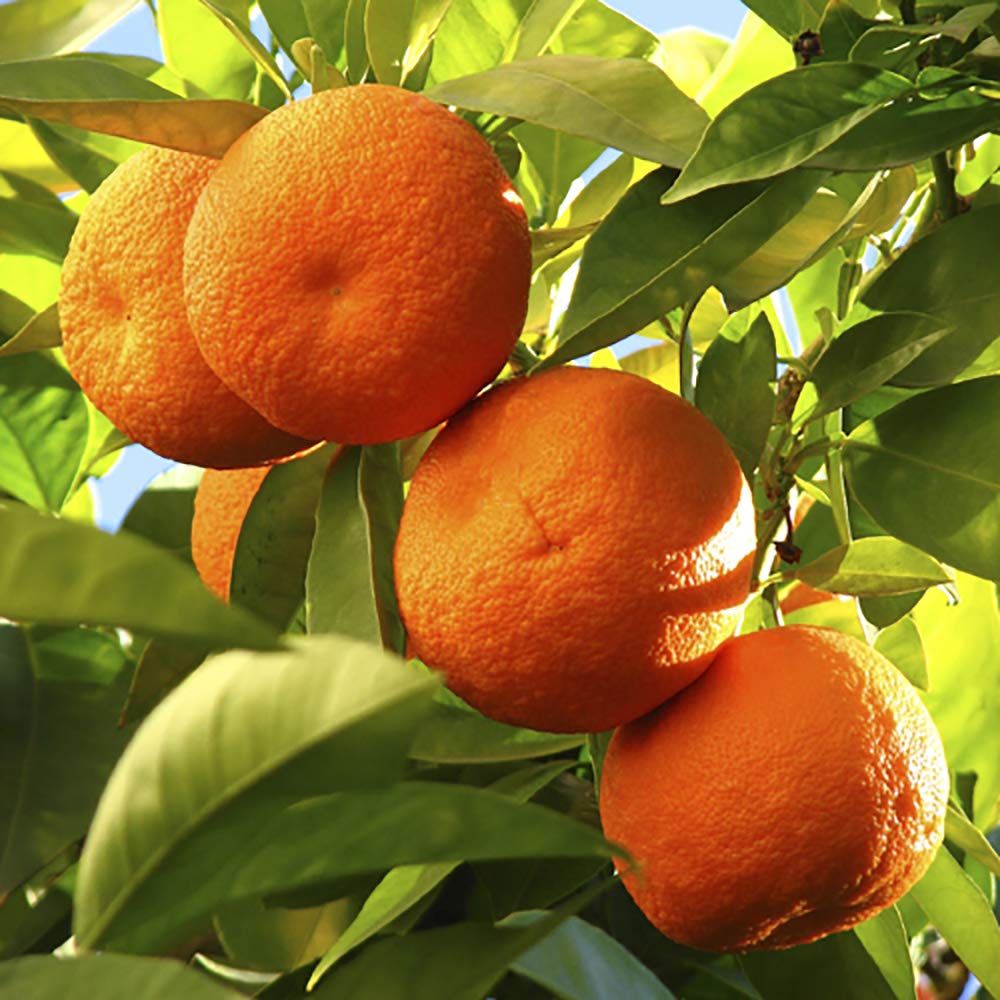
The Response Guide for a Confirmed HLB Positive Detection in a Commercial Grove details the steps taken by CDFA and actions required of the property or grove owner, as outlined in CDFA’s Action Plan.
To ensure California citrus growers are well prepared in the event of a potential commercial grove detection of Huanglongbing (HLB), the deadly citrus plant disease that can be spread by the Asian citrus psyllid (ACP), the Citrus Pest and Disease Prevention Program (CPDPP) has developed a response guide for growers to utilize and educate themselves on the California Department of Food and Agriculture’s (CDFA) action plan.
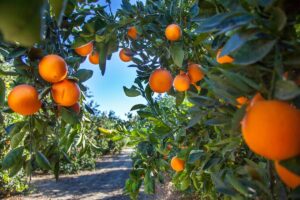 The Response Guide for a Confirmed HLB Positive Detection in a Commercial Grove details the steps taken by CDFA and actions required of the property or grove owner, as outlined in CDFA’s Action Plan.
The Response Guide for a Confirmed HLB Positive Detection in a Commercial Grove details the steps taken by CDFA and actions required of the property or grove owner, as outlined in CDFA’s Action Plan.
The actions in the response guide represent the most effective tools known to the citrus industry at this time and are meant to protect California’s citrus groves and support CDFA’s current required regulatory response. While, as of today, there have been no positive detections of HLB in a commercial citrus grove, the CPDPP recognizes the importance of proper preparation.
In addition to the requirements outlined in the guide, growers are encouraged to use as many methods as feasible for their operation in order to limit the spread of the ACP and HLB.
Read the original article and links to additional resources – CLICK HERE
